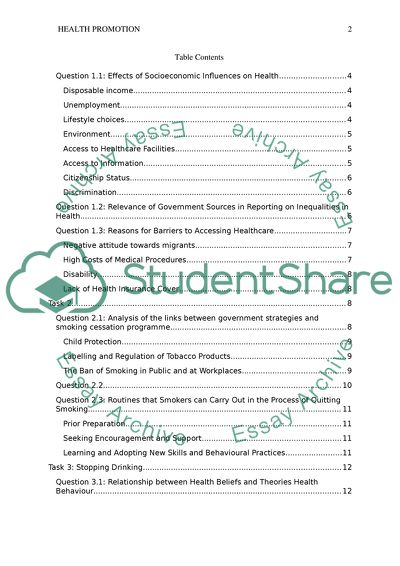Cite this document
(“Effects of Socioeconomic Influences on Health Assignment”, n.d.)
Effects of Socioeconomic Influences on Health Assignment. Retrieved from https://studentshare.org/health-sciences-medicine/1879885-health-promotion
Effects of Socioeconomic Influences on Health Assignment. Retrieved from https://studentshare.org/health-sciences-medicine/1879885-health-promotion
(Effects of Socioeconomic Influences on Health Assignment)
Effects of Socioeconomic Influences on Health Assignment. https://studentshare.org/health-sciences-medicine/1879885-health-promotion.
Effects of Socioeconomic Influences on Health Assignment. https://studentshare.org/health-sciences-medicine/1879885-health-promotion.
“Effects of Socioeconomic Influences on Health Assignment”, n.d. https://studentshare.org/health-sciences-medicine/1879885-health-promotion.


